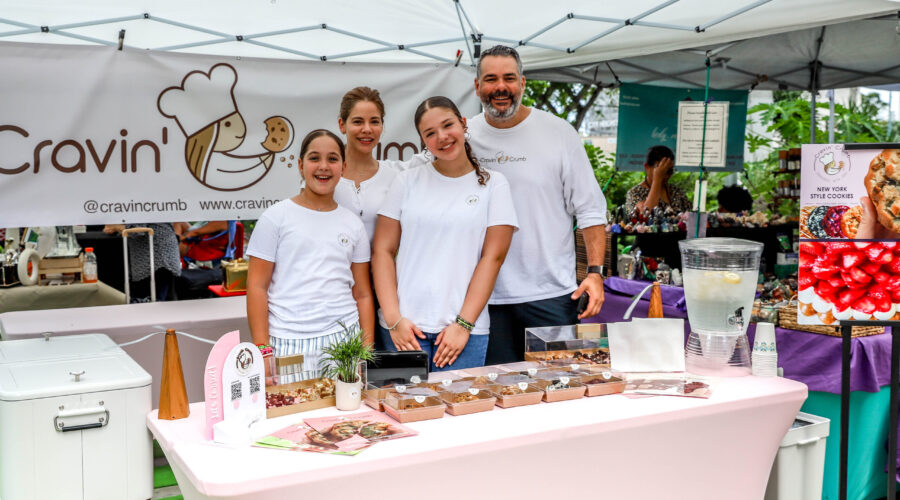Building Community Through Markets: How Coral Gables and Coconut Grove Empower Local
What do Coconut Grove and Coral Gables have in common? Beyond charming streets and rich cultural roots, both neighborhoods are home to vibrant farmers markets that put people—and purpose—at the center. Backed by neighborhood associations and city governments, these markets do more than offer fresh goods; they serve as engines for small business growth and platforms for community development.
Let’s explore how these two markets set a gold standard for local engagement in Miami.
1. The Power of Local Partnerships
In Coral Gables, the City actively collaborates with vendors, fitness instructors, and wellness practitioners to provide free programs that benefit the entire community. From Yoga on the Green to nutritional seminars, these efforts keep the market dynamic and inclusive.
Meanwhile, the Coconut Grove neighborhood association works behind the scenes to promote artisan vendors and prioritize sustainable, locally made goods. Their “Meet the Maker” initiatives connect shoppers directly with entrepreneurs, building relationships that last beyond a sale.
🔗 City of Coral Gables Community Engagement
🔗 Coconut Grove Neighborhood Events
2. Boosting Small Business Visibility
At both markets, exposure is everything. New vendors get real-time feedback, test pricing, and grow loyal followings in a low-cost, high-foot-traffic environment. Success stories like South Grove Spice Co. and Tropic Totes prove that the right market placement can launch a brand from weekend pop-up to full-time enterprise.
🔗 How Farmers Markets Help Startups
🔗 Small Business Incubators in Miami
3. A Shared Commitment to Health & Sustainability
Both markets prioritize wellness, from the food sold to the lifestyle promoted. Vendors like Vital Roots Juice Co. and Zen Botanicals have cultivated followings among Coral Gables’ health-focused residents, while Grove-based booths like TropiGlow Skincare offer natural beauty solutions with zero waste packaging.
Add in reusable bag stations, compost education, and eco-vendor standards, and you’ve got markets that walk the talk on sustainability.
🔗 Sustainability at Farmers Markets
🔗 Eco-Friendly Living in South Florida
4. Creating Spaces for Culture & Community
Markets are about more than shopping—they’re cultural spaces. Coral Gables integrates live music, seasonal festivals, and food truck activations. Coconut Grove often blends art and commerce, with local painters, potters, and photographers on-site.
These added experiences transform markets into community hubs where people gather, exchange ideas, and celebrate neighborhood identity.
🔗 Benefits of Public Markets for Community Life
🔗 Events Calendar – Coral Gables
5. The Bigger Picture: City-Backed Success
What truly sets these markets apart is the role of city and neighborhood leadership. By actively promoting the markets, reducing red tape for vendors, and investing in infrastructure (like shaded seating, signage, and waste stations), these governing bodies ensure markets are accessible, enjoyable, and future-proof.
Whether you’re a maker, a foodie, or just a neighbor out for a stroll, the result is the same: a better-connected, more prosperous community.
🔗 Miami-Dade Local Vendor Resources
🔗 Farmers Market Vendor Permits – Miami-Dade
Conclusion
The Coconut Grove and Coral Gables Farmers Markets are proof that when cities invest in community and creativity, everyone benefits. These markets do more than sell—they serve, connect, and uplift.
🏙️ Visit a market this weekend and see how local living comes to life.


